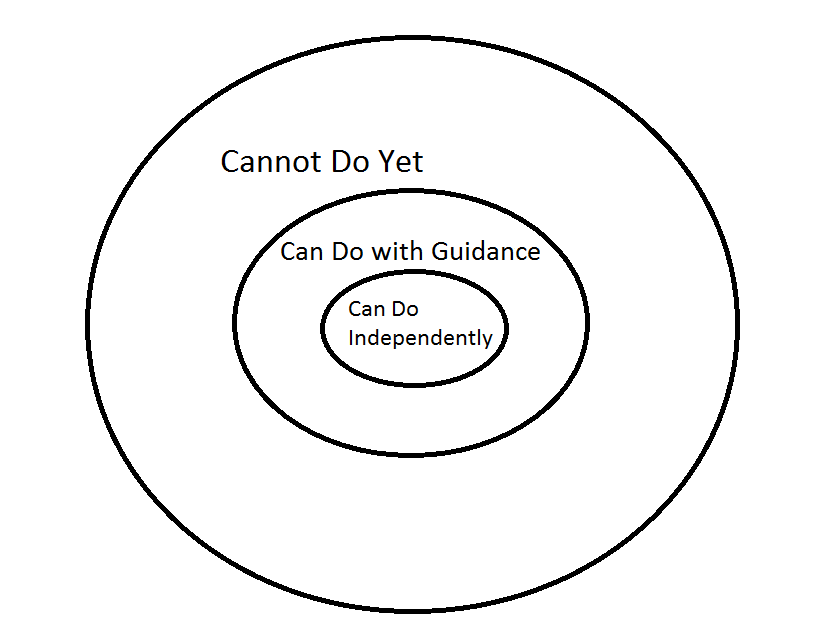It’s a scary time to teach now. We do not necessarily mentor our newbies despite the wealth of research suggesting that teachers underperform during their first two years, pulling classroom management together in year three. Another irony: Financially comfortable districts often have excellent mentoring programs. Poorer districts may lack the time and resources to provide similar programs despite their greater need for such programs.
In these less-affluent districts especially, new teachers and many established teachers end up on the chopping block when administrators get desperate to show they are doing their job. Scores too low? If all else fails, culling staff members can be one way to show an attempt to fix the numbers. Tenure and unions provide some protection in many locations, leaving new teachers as the easiest targets. More and more, established professionals may also be targets as union protections are gutted or eliminated.
Eduhonesty: I believe dedicated professionals can become sacrifices in an attempt to show Boards and other outsiders that a district is intent on raising scores by improving its staff. I’ll be the first to admit some teachers should lose their positions. I’ve known a few who did little work, a few who clearly no longer cared about their students. But I’ve also known a second year teacher who was working so hard it hurt my heart to see her lose her position. She would have been good eventually, possibly excellent.
Once, I was that first year teacher hanging from a branch by the tips of my claws and it’s lucky I survived. That year, I felt a lot like a cat who’d climbed a tree and was too scared to come down. A lot of us have hung from that tree. I’ve watched fast decisions made on the basis of little data by people making snap judgments, sometimes to show how tough they are.
One advantage to surviving awhile in this profession is that people come to know you. At that point, if a kid lies about you, your credibility holds up. I’ve seen lies drive people out of their positions, though. During my first year teaching, I had a student lie about a fight in my classroom. My supervisor was in my corner, but even he did not believe me. Instead, he tried to coach me in a more plausible story than the actual truth.
Kids lie. Kids may act out in evaluations, sometimes just for fun. They don’t exactly know what’s at stake, but they know they can make their teacher miserable. I believe that’s what happened to that second-year teacher. For that matter, kids will behave unusually well in evaluations for teachers they like. Likability can skew evaluations in both directions. Administrators get trapped, mired in scenarios where they have to prove their ruthless pursuit of higher point values. New score-improvement programs supplant or take precedence over mentoring programs. I won’t even start on the Charlotte Danielson rubric, a method for evaluating teachers by total points that can be particularly harsh for new teachers who are still developing their craft. Or older teachers who are not getting along with their supervisors.
Maybe I will start on Danielson, who composed a rubric assigning numbers 1- 4 to a wide variety of teaching tasks, 1 being unsatisfactory and 4 excellent. I won’t go into great detail, but a short snippet here illustrates one reason why teaching is becoming scarier of late:
Fuzzy numbers pose a general problem in the social sciences. Today I saw a perfect case in point. As part of professional development, an auditorium of teachers, principals, social workers and other educational professionals watched videos of teaching performances and then judged those performances using the Danielson Rubric. For one video, about 1/3 of the room gave the performance a “1,” while most of the room gave the performance a “2” and a few mavericks picked “3.” It’s easy to debate between “2” and “3” or between “3” and “4” since mediocrity and excellence are to a great extent in the eye of the beholder. Classroom conditions were noted in discussions among observers. I guarantee that I have much greater odds of getting a 4 in a classroom of twenty kids as opposed to a classroom of 35 kids. My odds go up depending on what I’m teaching, too. Art will be better than geometry, for example, since student enthusiasm figures heavily in Danielson’s rubric. My odds go up if I am teaching college-bound juniors as opposed to freshmen, especially in a high school with a high drop-out rate. Many factors affect those numbers which have little to do with my actual instruction, and not even an auditorium of people in education can nail down what the “true” number ought to be. How much your supervisor likes you can easily make the difference between a three and four, and the final average of that rubric may be heavily influenced by all those numbers that round up or down.
Social science numbers aren’t like sales totals. Sales totals are hard data. Danielson numbers are fuzzy numbers, numbers that are nonetheless being used to make hiring and firing decisions.
It’s a bit of a mess out here, that’s all I can say. I’d like to suggest a few fixes. First, we need to adapt the scoring rubric for new teachers. I’d eliminate point scores entirely for first year teachers and substitute intensive mentoring instead. Second, I’d like to let teachers pick their evaluator(s) from a list of in-district or in-school candidates. This could be a short list, but allowing a few options can help prevent unfair evaluations. When administrators are known to be tough “graders,” getting evaluated by these administrators becomes akin to drawing the short straw.
I’d also like to scrap the Danielson Rubric. That rubric might as well be a “cuteness” scale. We can assign numbers to cuteness. We might even have an overall general consensus with most people thinking Sandra Bullock is an eight or nine and Tommy Lee Jones is a four or five. In the end, though, these numbers are too vague to be used to make decisions. One woman’s five could be another woman’s eight.
When 1/3 of an assembly picks one number — a number labeled unsatisfactory — and 2/3s pick a number considered basic competence, then the rubric they are using ought to be discarded.




